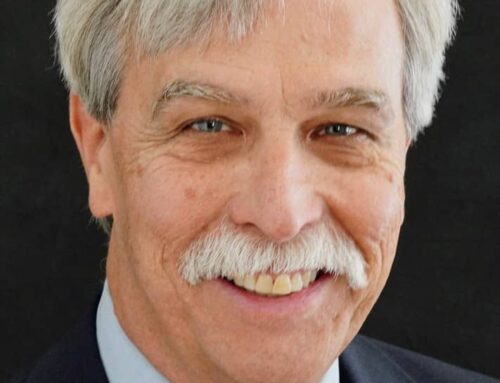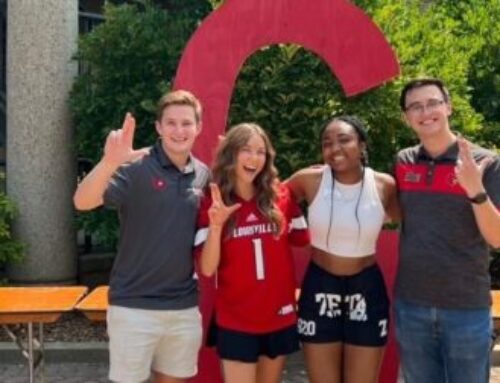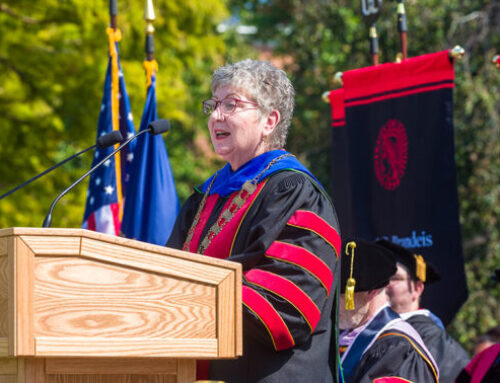By Sammie Hill
Maj. Nidal Hasan has accrued nationwide attention and detestation as the man responsible for the death of 13 people during the 2009 shooting at Fort Hood in Texas. The Army psychiatrist also wounded 32 individuals during the rampage, which stands as the worst mass murder at a military installation in the history of the United States.
During his trial, Hasan chose to represent himself; he did not utilize a lawyer but instead acted as his own attorney. He did little to defend himself, admitting in his opening statement that he did, in fact, open fire in the waiting room of a center in which troops received medial attention before and following deployment. He declined giving a closing argument.
His virtually absent defense leads the public to believe that Hasan’s ultimate goal is martyrdom—to die for his cause, which prosecutors have described to be his “jihad duty,” with motivations rooted in his Islamic faith.
At the conclusion of the trial, the jury sentenced Hasan to death. However, the lead prosecutor of the case asserts that this punishment does not satisfy Hasan’s perceived goal of martyrdom.
“He can never be a martyr,” Col. Mike Mulligan said, “because he has nothing to give…..Do not be misled; do not be confused; do not be fooled. He is not giving his life. We are taking his life. This is not his gift to God; it’s his debt to society. He will not now and will not ever be a martyr. He is a criminal, a cold-blooded murderer.”
While many Americans oppose the death penalty, I trust that the jury made the correct decision in this case. Hasan’s defense was essentially nonexistent Meanwhile, the jury heard first-hand accounts from widows, mothers, fathers, children, and other relatives of those who were killed in the shooting. These individuals conveyed the depth of their grief and the devastating effect of Hasan’s actions on their lives. They described their strangely empty homes, their intense fear upon hearing a knock at the door, the onset of alcoholism as a coping mechanism, and more. They spoke of the lost futures of their fallen loved ones—futures torn from them by Hasan’s murderous actions. These first-hand accounts elucidated for the jury the horrible impact of the shooting, which only ended when an officer responding to the rampage shot Hasan in the back. That shot paralyzed Hasan from the waist down, confining him to a wheelchair.
All but one of Hasan’s victims were soldiers, including a pregnant private, 21 year old Francheska Velez. The other victims were Michael Grant Cahill, Libardo Eduardo Caraveo, Justin Michael DeCrow, John P. Gaffaney, Frederick Greene, Jason Dean Hunt, Amy Sue Krueger, Aaron Thomas Nemelka, Michael S. Pearson, Russell Gilbert Seager, Juanita L. Warman and Kham See Xiong.
Regardless of individual Americans’ positions on the death penalty, the resolution of this case presents the opportunity to shift our attention from the misguided murderer and restore our focus to the heroic victims. These fallen individuals were sacrificing a great deal to defend our nation, and ended up relinquishing their lives while trying to get immunizations, vaccinations and medical treatment that would enable them to better serve our country. They are inexpressibly more deserving of the spotlight than their killer.
| Name | Age | Rank/Occupation | Description |
| Aaron Thomas Nemelka | 19 | Private | “Aaron was very happy as a combat engineer,” said his family. “Aaron was very proud to serve in the military.” |
| Francheska Velez | 21 | Private | A pregnant soldier that planned on continuing her military career after she gave birth. |
| Jason Dean Hunt | 22 | Specialist | “He wanted to be part of something greater than himself,” said his sister. He spent his 21st birthday in Iraq. |
| Michael S. Pearson | 22 | Private | “He was a genius as far as we were concerned,” said his brother. He hoped to study musical theory in college. |
| Kham See Xiong | 23 | Private | “He is a loving person; everyone loves him and adores him,” said his sister. |
| Frederick Greene | 29 | Specialist | A quiet family man who recently reunited with his wife and two daughters. He is described as intelligent and enthusiastic. |
| Amy Sue Krueger | 29 | Staff Sergeant | “She was one of the best people you could have ever met,” said a friend. “She took pride that she was able to serve her country,” added her high school principal. |
| Justin Michael DeCrow | 32 | Staff Sergeant | A “loving husband and father,” according to his wife. He had a teenage daughter. |
| Russell Gilbert Seager | 51 | Captain | He had a Ph.D. and would have been working in Iraq to prevent mental health problems from developing in troops. |
| Libardo Eduardo Caraveo | 52 | Major | He was the first in his family to attend college and earned his Ph.D. in Psychology. |
| Juanita L. Warman | 55 | Lieutenant Colonel | She put herself through the University of Pittsburgh. She had two daughters and six grandchildren. |
| John P. Gaffaney | 56 | Captain | He was a father and spent years working to help elderly victims of abuse and neglect. |
| Michael Grant Cahill | 62 | Physician’s Assistant | “He liked his job as a physician’s assistant at Fort Hood so much that he only took one week of recovery time after undergoing heart surgery,” said his sister. |





